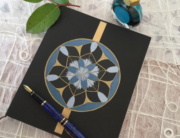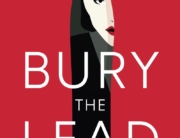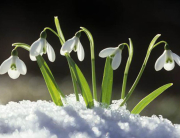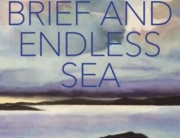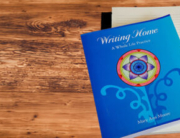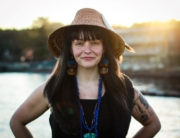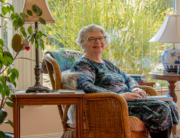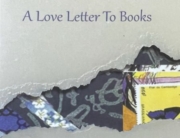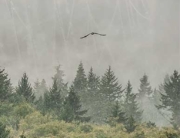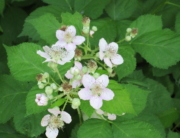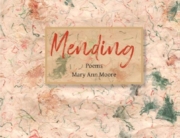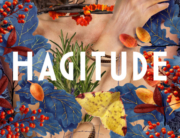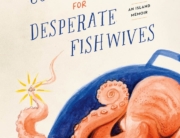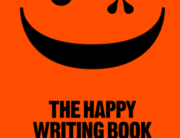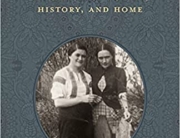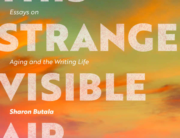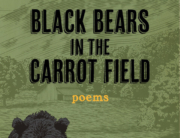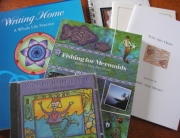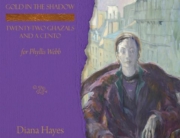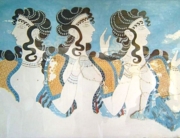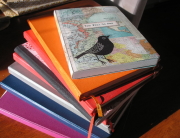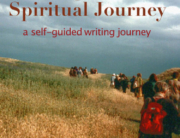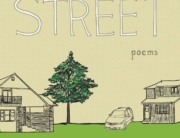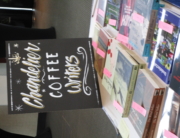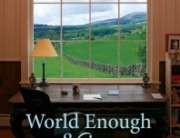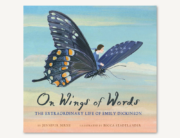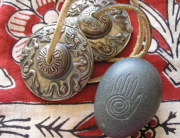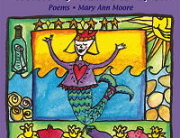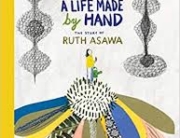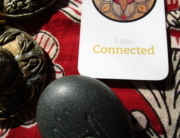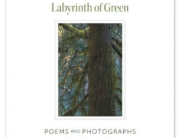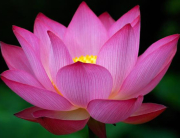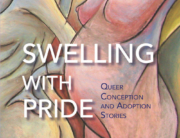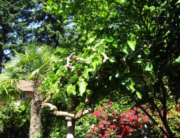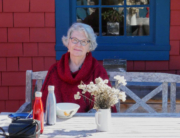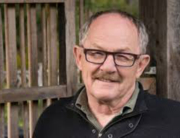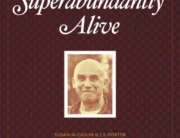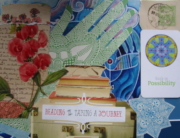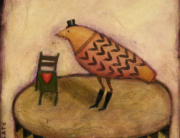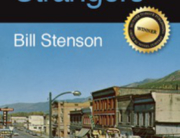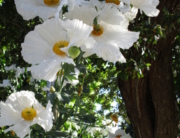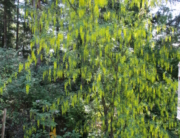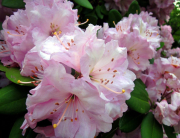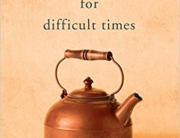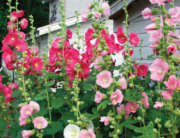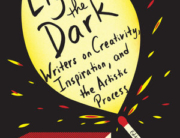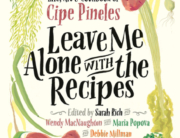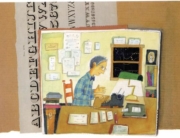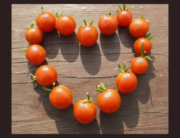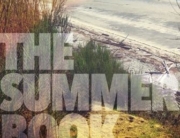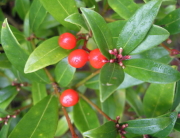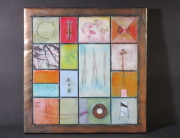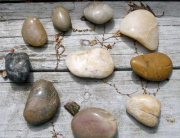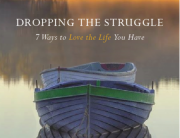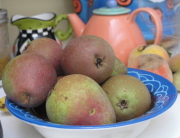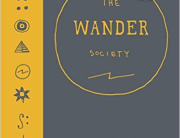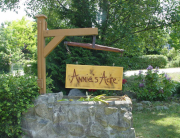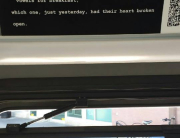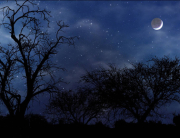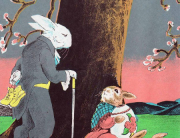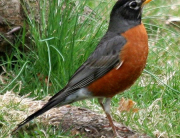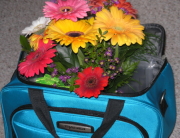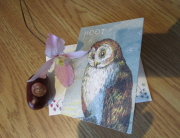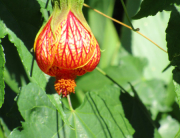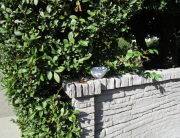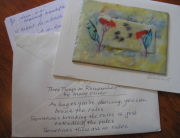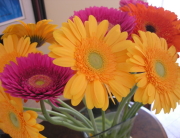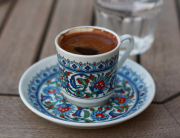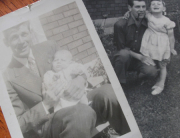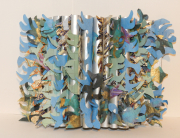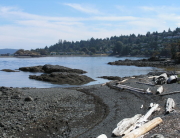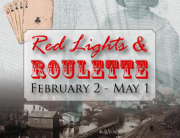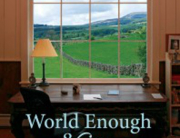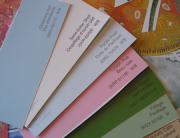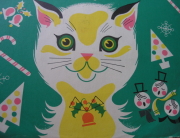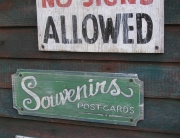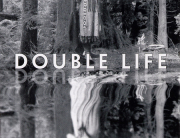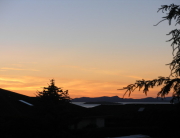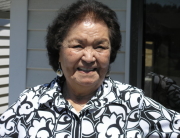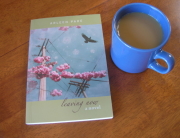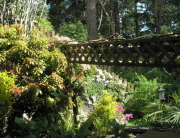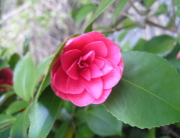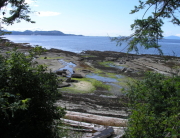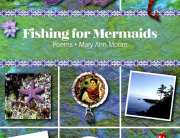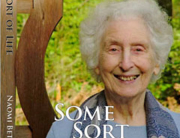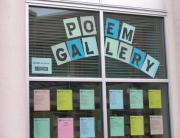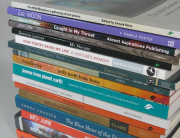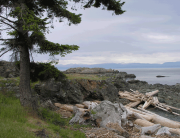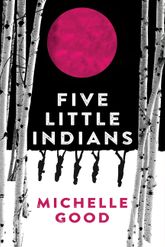 “Residential schools will always be the sorrow in Canada’s bones,” Richard Van Camp says in his cover endorsement of Five Little Indians, Michelle Good’s debut novel (Harper Perennial, 2020).
“Residential schools will always be the sorrow in Canada’s bones,” Richard Van Camp says in his cover endorsement of Five Little Indians, Michelle Good’s debut novel (Harper Perennial, 2020).
Five Little Indians tells the story of five friends who survive a church-run residential school to which they refer as Indian School or Mission School. While Michelle Good uses actual place names, in most cases in the novel, such as Port McNeil and Vancouver, B.C., the location of the Indian School isn’t given.
There were at least twenty-two residential schools in B.C. The abuse that went on in the school of the novel, part of a school system for First Nations children that was created by the Canadian government in the mid-1880s, could be said of any of the residential schools across Canada.
Michelle Good is a writer of Cree ancestry and a member of the Red Pheasant Cree Nation in Saskatchewan. She’s a lawyer who worked with Indigenous communities and organizations before she got her law degree. Michelle also earned her MFA in creative writing at UBC while practising law and lives and writes in south central British Columbia.
Five Little Indians is a beautiful, heart-opening novel that won the HarperCollins/UBC Prize for Best New Fiction in 2018. Michelle has taken her knowledge and woven it into a fictionalized account of five First Nations people who find their way following their early lives at the same Mission School in B.C. In her acknowledgements, Michelle pays tribute to her mother, Martha Eliza Soonias Stiff, “who lived through the hell of one of these schools.”
The five children taken from their families as small children are Kenny, Lucy, Clara, Howie and Maisie. Most are released from the school with no support when they are in their early teens. The stories of each character are interwoven with chapters devoted to each. Decades pass as the five find their way in the Downtown Eastside of Vancouver.
When Maisie is released from the Mission School, she’s put on a boat to take her home, a place she had left ten years before, dragged away from her mother, “kicking and screaming.” Maisie says: “I lasted a month. No matter how hard I tried, this place, their house, was no longer home, and these people, though kind and loving, were like strangers pretending to be family. I hitched a ride on a trawler to Prince Rupert and took a bus to Vancouver . . . “ Maisie is the friend Lucy look for when she is released on her sixteenth birthday.
Kenny escapes the Mission School in a punt one night and when he reaches shore, pushes the punt back into the water. “Let them think I drowned,” he says of the priests and nuns at the school. When Kenny is older, as a fruit picker at Wenatchee Orchard, he meets his old friend Wilfred. “There was a bitter sweetness in seeing his old friend. He was happy to share their tricky survival memories; it was the other ones, the ones that slipped in through the silences, that he was relieved to lose in his usual solitude.”
Lucy meets Clara, another Mission School resident, at the Manitou, a motel where they clean rooms. When Clara meets up with friends they go to Grimley’s “the one restaurant in town that served Indians without making them pay up front, and slide into a red vinyl booth at the back.”
Michelle includes such facts as the above, as if seamlessly. The information about continued discrimination beyond the school comes through loud and clear. She refers to the abuse in the school but doesn’t detail it. There are many non-fiction accounts for that. In the case of Five Little Indians, it’s a story of how five people kept going with strength and courage and the compassionate endurance of friendship.
In a chapter about Howie, Howie says: “It was still pitch-black when I woke in a sweat, my heart racing and my head pounding . . . In my dream, I was back at the school, hearing voices and footfalls in the night then being lifted from my bed in the darkness.”
Clara, who has a dog called John Lennon, is befriended by an elder called Mariah who was raised by her grandmother who hid her, “kept me out of the Indian Schools.” She says to Clara: “Clara, the separation between us and all who have come before us, that long line of ancestors, is nothing more than perception. Our teachings, the sweat and other ceremonies, they show us how to open our spirits so we can perceive and be open to the guidance of the ancients. You are so filled with rage. It will eat you alive, child. That is not our way.”
Clara listens to Howie’s story at the Friendship Centre on Vine Street where she works and while she is training to become a court worker. He sounds surprised to learn that Clara was also at the Mission School, “the one across Arrowhead Bay.” (There is a town of Arrowhead in B.C., at the head of Upper Arrow Lake.) But then “he wasn’t completely surprised” as boys were not allowed to talk to girls, “their lives segregated in every respect.”
Howie and his mother left the Red Pheasant Reserve in Saskatchewan to visit his mother’s sister Mae in a logging town on the central coast of B.C. While there he celebrated his sixth birthday and not long after, a priest and an RCMP officer came to take him away even though he didn’t live there and had planned to attend school back home.
Near the end of the book, in a conversation between Howie and Kenny when they meet again, Howie says: “I never would have survived that place without you. You taught me how to find food in the bush. You were our hero man. You actually escaped.” Kenny remembers Howie as a little boy “always hungry and scared.”
Howie says: “I think I would have died there if I had stayed” and Kenny replies: “Yeah. Me too. Sometimes I think I did die, I’m just still walking around.”
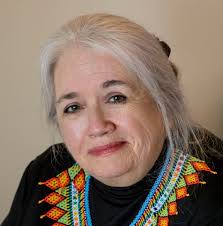 Michelle Good, in an interview with Angelica Haggert in Canadian Geographic (February 20, 2020) said, “I think this is the story I was intended to write. I’ve been thinking about residential schools and their impacts in many ways since I was a child.” She grew up hearing stories of her mother’s and grandmother’s experiences in residential schools. “It really is something that possessed me, if you will,” she said. “[Residential schools] were a key component in the destruction of a culture. It’s something that has captured my psyche since childhood.” [Author photo by Kent Wong.]
Michelle Good, in an interview with Angelica Haggert in Canadian Geographic (February 20, 2020) said, “I think this is the story I was intended to write. I’ve been thinking about residential schools and their impacts in many ways since I was a child.” She grew up hearing stories of her mother’s and grandmother’s experiences in residential schools. “It really is something that possessed me, if you will,” she said. “[Residential schools] were a key component in the destruction of a culture. It’s something that has captured my psyche since childhood.” [Author photo by Kent Wong.]
“Even though I didn’t go to residential school, I know I’m impacted by my mother’s experiences,” she said in the interview. “Our communities are suffering because of the harm inflicted in these schools. People need to understand that.”
She considers her novel “a love letter to everyone who suffered and survived in residential schools.” While some may think “reconciliation has been achieved in Canada,” she hopes her novel will help us “understand that there’s still a long way to go.”
And who am I, a white woman, one of the “people of pallor,” to be reviewing a book about Canada’s First Nations as I don’t share their lived experience? If those of us of European ancestry look into our family background, we’re bound to find relations who played a part in churches and church-run schools. My great uncle, Rev Adam Ralph Lett, was principal of St. George’s Indian Residential School in Lytton, B.C. from 1921 to 1941.
Playwright Drew Hayden Taylor who writes with humour described, in a Globe and Mail opinion piece (March 14, 2020), a play he produced two years ago called Cottages and Indians. Critics, he said “felt the antagonism between the two [the Indigenous man who was sowing wild rice and the cottager “who resented its infringement upon their recreational needs] “should have been more in their face.” As Drew says, “”In our Indigenous theatre technique, we approach the use of conflict differently . . . Unlike in Hamlet, most Indigenous plays don’t end with two-thirds of the cast dying.”
When it comes to humour, Drew says: “It was obvious those whose Turtle Island background went back several thousands of years tapped into a different understanding. Specifically, in a comedy, there was definitely more laughter.” He supposes that “white reviewers are the Lewis and Clark of Indigenous theatre – white people making their way into unfamiliar territory, occasionally getting things wrong, but setting stuff up for discussion.”
Drew makes note of author and star of the play bug, Yolanda Bonnell, who along with Theatre Passe Muraille, requested only IBPOC (Indigenous, black and people of colour) review her play, believing “there is a specific lens that white settlers view cultural work through and at this time, we’re just not interested in bolstering that view, but rather the thoughts and views of fellow marginalized voices and in particular Indigenous women.” As Drew says, “it was a bold and gutsy move” but he says: “to tell you the truth, I am not really aware of any Indigenous theatre reviewers out there willing to step up to bat and earn one of those lucrative play-reviewing paycheques.”
B.C. Residential Schools
The Roman Catholic, Methodist, Anglican, Presbyterian and United Churches of Canada all ran residential schools. The last of them closed in 1996. Among the B.C. residential schools were Christie/Kakawis in Tofino and Ahousaht on the west coast of Vancouver Island; Alberni in Port Alberni; Kuper Island (Penelakut) off Chemainus on the east coast of Vancouver Island, St. Michael’s in Alert Bay and Kamloops Residential School (K.I.R.S.), one of the largest in Canada. It operated between 1890 and 1978 with as many as 440 children enrolled in the 1950s.
You can read more about B.C. residential schools online in a Project of Heart by the B.C. Teachers Federation bctf.ca/HiddenHistory/eBook.pdf
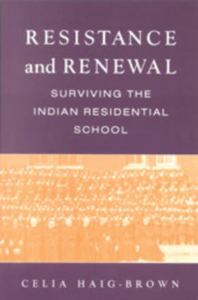 One of the first books I read about residential schools was Resistance and Renewal: Surviving the Indian Residential School by Celia Haig-Brown who includes thirteen interviews with former students of K.I.R.S. in the book. First published in 1988, my copy is the fifth printing in 1991. (It’s now in its ninth printing.) The publisher is Tillacum Library, an imprint of Arsenal Pulp Press in Vancouver, B.C.
One of the first books I read about residential schools was Resistance and Renewal: Surviving the Indian Residential School by Celia Haig-Brown who includes thirteen interviews with former students of K.I.R.S. in the book. First published in 1988, my copy is the fifth printing in 1991. (It’s now in its ninth printing.) The publisher is Tillacum Library, an imprint of Arsenal Pulp Press in Vancouver, B.C.
I saw the Kamloops school when I visited there in 1994 to do some research at the Anglican Archives in Kamloops. (The previous summer I had had an enlightening experience at a two-week fiction workshop with Lee Maracle at a college in North Vancouver.) My great uncle Adam Ralph Lett, an Anglican minister, had been principal of St. George’s Indian Residential School in Lytton, B.C. , where the Thompson and Fraser Rivers meet. I visited the site of the school which was burned down in the 1980s and in the Anglican Archives, learned of the children who were taken there from their various B.C. communities.
A Nanaimo Connection
Randy Fred who began Theytus Books in Nanaimo, B.C. in 1981, wrote the preface to Resistance and Renewal as he had become associated with the Tillacum Library.
Randy says: “Colonizers utilize two forms of genocide: intentional and unintentional. The intentional forms include residential schools, land grabbing, and downright murder.” Dodger’s Cove, outside Bamfield on the west coast of Vancouver Island was his family’s “paradise”. He and his brothers and sisters were forced to attend Alberni Indian Residential School.
I was honoured to have met Randy Fred in Nanaimo, some years ago, as well as Gregory Scofield who was here to give the Ralph Gustafson Distinguished Poet lecture at Vancouver Island University in February 2020. Greg, who is a Red River Metis of Cree, Scottish and European descent, said in a Facebook post on May 18, 2020: “The work we do within the Indigenous community carries responsibility. I believe this fully. As artists, it is our job to carry our collective trauma, our collective resilience forward. It is our job to hold these things in a good way, to pass them onto our children. To give them to our young people, who, in so many communities, are struggling to hang onto life. Art is ceremony. There are songs. There are teachings. Sometimes the teachings are difficult. Sometimes the songs make us cry. But there are always responsibilities, and there is always the spirit of healing.”
All of what Greg says seems to describe what Michelle Good has done in her novel, Five Little Indians which is such a fine example of carrying “collective resilience forward.”

